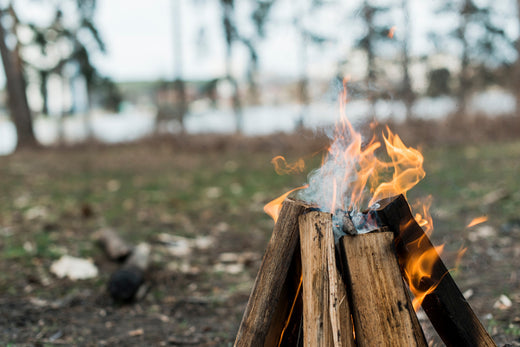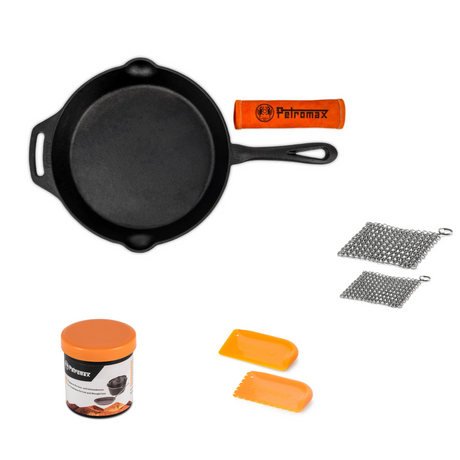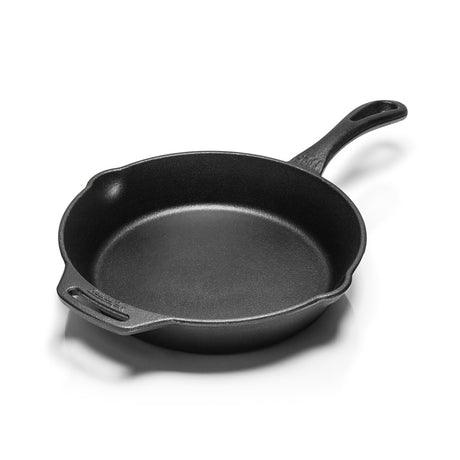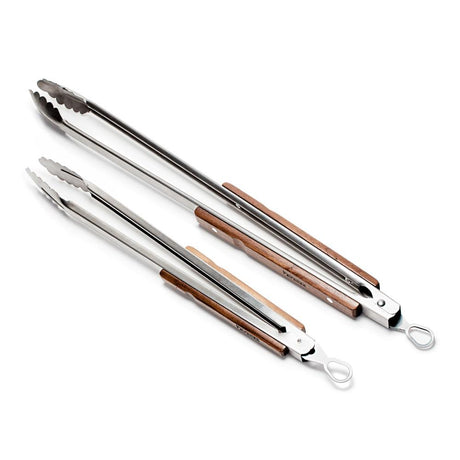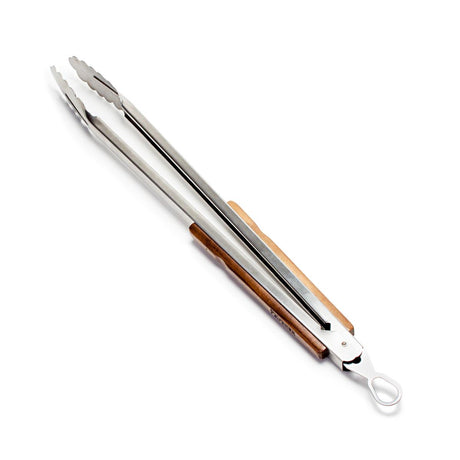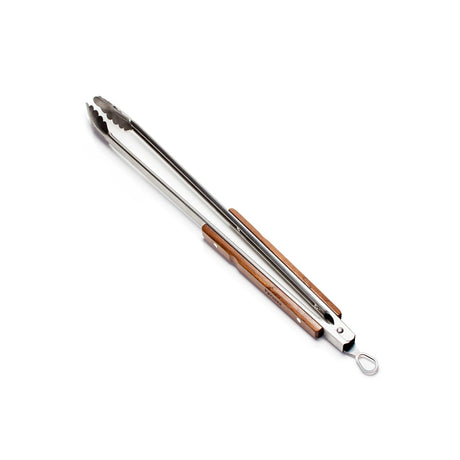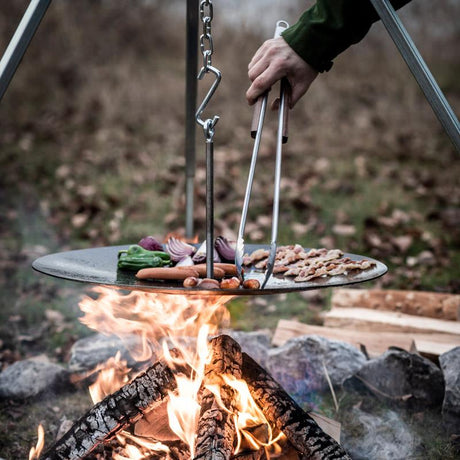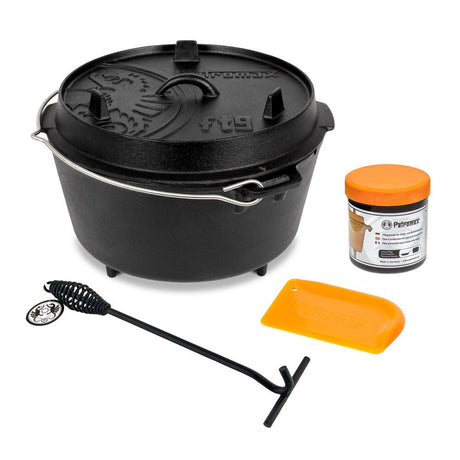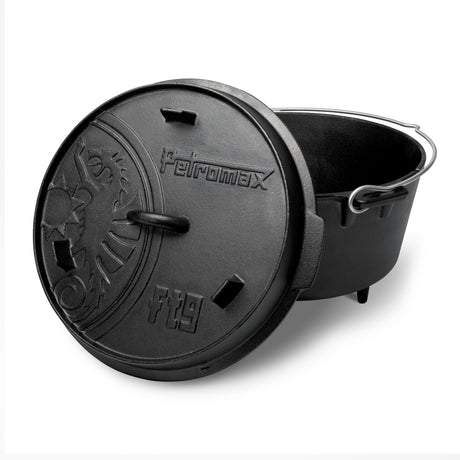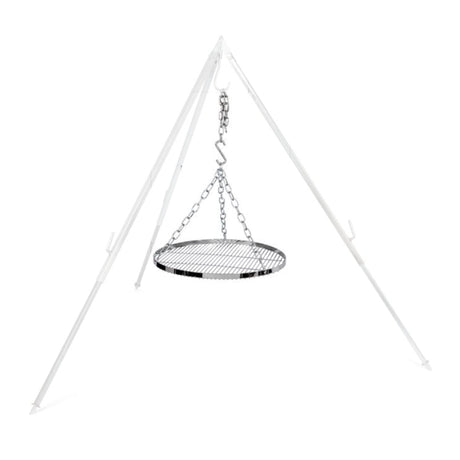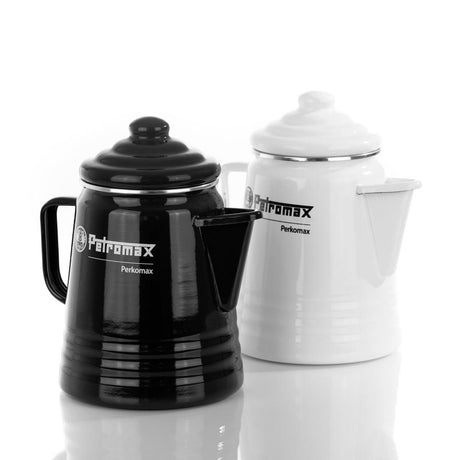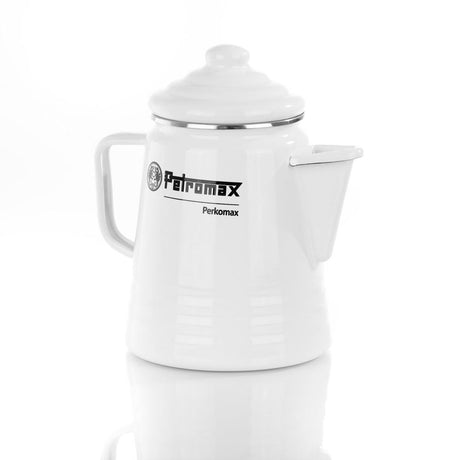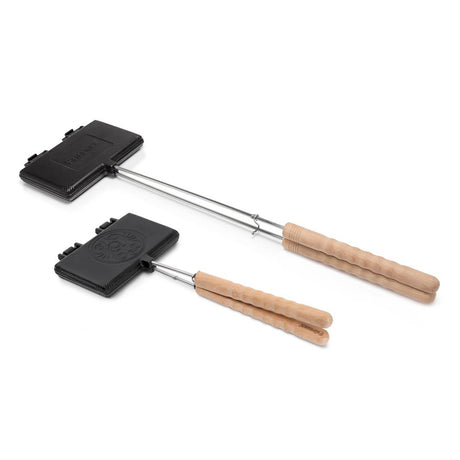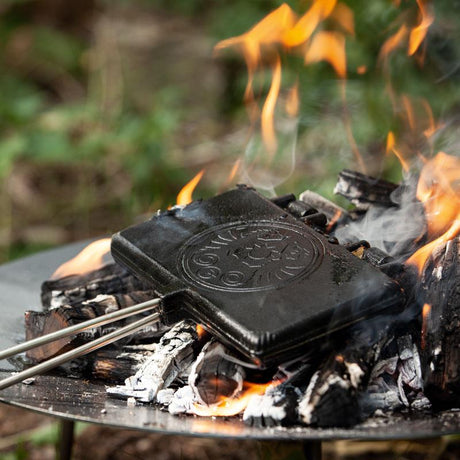
Whether as a warming fire, cooking fire or sleeping fire, the history of the campfire is about as old as man himself. As a central source of warmth, the campfire is usually the central meeting and gathering point when people come together in nature for a longer period of time. In the evening, people meet there to socialize and sit on the ground, on logs or on seats.
Table of contents
What you need to make a fire in the great outdoors
Step-by-step instructions for your campfire
Tips for extinguishing a fire safely
Making a fire without a lighter
Making a fire with a flint
When and where is lighting a fire allowed?
Accessories for your campfire in the great outdoors
What you need to make a fire in the great outdoors
When you're out and about, starting a fire is a skill you should have up your sleeve. Whether you're cooking around a campfire, warming up or just enjoying the romantic atmosphere, here are the basics you need to light the fire and keep it burning:
- Ignition source: let's start with the obvious - you'll need something to start the fire. A lighter or matches are the classics, but if conditions are humid, a fire piston is your best buddy.
- Kindling: Okay, you've got your ignition source, but what burns really well? Twigs, bark, moss - anything that ignites easily is your friend. Or if you like to keep it simple, grab a Petromax fire kit or some cotton tinder. These things are real fire starters!
- Firewood: Once the fire is burning, you need to make sure it stays burning. So, collect plenty of firewood, preferably dry, so that it burns through nicely. You can recognize dry wood by the way it cracks when it breaks. You can also smear a small amount of washing-up liquid on a log and blow into your log from the other side. If there are bubbles, the wood is dry.
- Tools: A pocket knife will help you chop branches, remove bark and do all the other things you need to prepare and keep the fire going. If you remove the bark from your firewood, it will burn better.
- Safety is cool: Building a fire is great, but safety first. Keep water or a fire extinguisher nearby, just in case. It's better to be safe than sorry and keep the fire under control.
Step-by-step guide for your campfire
- Choose the right location: Before you even think about building a fire, the first step is choosing the perfect spot. Look for a flat, non-flammable surface that is sheltered from the wind. Remember that safety comes first - keep at least 3 to 5 meters away from anything flammable such as bushes, trees or your equipment.
- Find firewood: The key to a great fire is the right wood. Gather a variety of dry wood types, from small tinder like bark and needles to larger pieces that will provide long-lasting embers. Hard wood is ideal for slow-burning campfires, while soft wood provides quick heat.
- Prepare the firewood: Before you light the flames, prepare the wood by clearing it of bark and chips. This makes it easier to light and ensures efficient combustion.
- Prepare the base: Make sure the ground around your fire pit is free of combustible material. Simple soil without leaves is perfect. Build a fire ring of stones to insulate the fire and increase safety.
- Start the fire: Build your fire in a pyramid shape, with tinder in the center and thin branches on top. Light carefully and make sure you don't smother the fire - it needs air! A gentle puff into the fire can help to fan the flames.
- Enjoy the fire in the long term: once the fire is burning, add firewood regularly to maintain the embers. But don't forget to always keep an eye on the fire and watch for smoke to make sure everything stays safe.
Professional tips: Petromax for a quick campfire start
For an effortless start, we recommend the Petromax fire kit. Simply insert the sticks into the cardboard and light the wood chips - done! Place the fire kit in the middle of firewood, charcoal or briquettes and the fire will start by itself. Ideal for campfires, fireside evenings and barbecues - simple, environmentally friendly and without the unpleasant smell of barbecue lighters or spirit. In addition, products such as the Petromax fire gel, the mini gas burner or the fire piston are also great options to get your campfire burning in no time at all.
Tips for extinguishing a fire safely
Starting a fire can be a real adventure, but knowing how to extinguish it safely and thoroughly is just as important. Here are some tips to keep in mind:
- Extinguish completely: Before you leave the fire pit, make sure the fire is completely out. Even a small ember can lead to an uncontrolled fire.
- Let it burn down: Allow the fire to burn down until only embers remain. This reduces the risk of flying sparks and makes it easier to extinguish.
- Spread water carefully: Pour water slowly and in a controlled manner over the embers to extinguish them. Avoid pouring the water all at once to prevent hot splashes.
- Stir in ashes: Stir the embers and ashes carefully with a stick to make sure everything is extinguished. Make sure no embers remain hidden.
- Check the fireplace: Before you leave, check the fireplace thoroughly to make sure it is no longer giving off heat. Carefully touch the ash to make sure it has cooled down.
Lighting a fire without a lighter
Sometimes you find yourself out in nature without your trusty lighter to hand. But don't panic! There are still alternative tools and techniques you can use to start a fire. Here are some of them:
- Fire Plunger: A fire plunger is a great option, especially in humid conditions when conventional ignition sources might fail. Rapid air compression raises the temperature, which is enough to ignite tinder.
- Friction: A classic method is to use friction. By quickly rubbing two pieces of dry wood or a stick together, you generate heat that can ignite the tinder. This method requires practice and patience, but can be very effective.
- Magnifying glass or glass: On a sunny day, you can use a magnifying glass or even a piece of glass to focus the sun's rays and ignite the tinder. Hold the magnifying glass or glass over the tinder and concentrate the sunlight on a small spot until it ignites.
- Spark stone: A spark stone, also known as a fire steel, is a practical tool for creating sparks that can ignite the tinder. By striking the spark stone with a sharp object such as a knife or a piece of metal, you create hot sparks that can ignite the tinder.
Starting a fire with a flint
Before you start, prepare your fire as you normally would. Make sure the tinder is within easy reach and everything is ready to light the fire quickly. Hold the flint and the marcasite or pyrite against each other and strike them at a slight angle to each other. This creates hot sparks that fall onto the tinder positioned underneath.
Once the sparks have fallen onto the tinder, start blowing gently to fan the embers. Be patient and keep the fire alive as it starts to burn. Add more kindling and firewood to strengthen and sustain the fire. Lighting a fire with a flint may seem challenging at first, but with practice and patience you can master this ancient technique.
When and where are fires allowed?
In principle, you may only light a campfire with the permission of the landowner, regardless of whether it is on private property or public land (municipality). In the forest, fires may only be lit with the written permission of the forest owner. Without this, it is strictly forbidden and there is a risk of severe penalties.
Unfortunately, there is no general answer to the question of whether it is okay to have a fire in your own garden, as the regulations are determined by the respective municipalities. It is therefore better to find out in advance before lighting a fire. It's best to ask the city council, the public order office, the local police or fire department directly and inform your neighbors.
The regulations on lighting fires vary from state to state and region to region, so it is advisable to find out about the local regulations before lighting a fire. This information can usually be found in the landscape law of the respective federal state.
Accessories for your campfire in the great outdoors
To make sure you are well equipped for your next campfire, here are some important tools to make your next campfire a complete success!
You can easily light your campfire with the Petromax professional gas burner HF2. You can build your outdoor cooking area at the campfire with the Petromax Tripod. A grilling grate or the Petromax Dutch Oven can be easily hung up on the hook of the robust tripod.
With a fireproof cast iron pot, such as the Petromax Dutch Oven (Dutch oven), you will also have fun at the campfire and try out the most delicious recipes when cooking outdoors. There are also many other things for a successful campfire. For example the Petromax campfire skewers LS1 and LS2 with which you can easily roast sausages, vegetables, marshmallows and stick bread over the campfire.
The campfire skewer ls1 has slightly upward curved prongs: This allows you to use it as a barbecue skewer and the food stays in place. The tines of the campfire skewer ls2 are bent all the way back, which makes it even easier for children in particular to grill without losing food. This makes the campfire skewer ls2 particularly suitable for family barbecues. And you can of course also use them as sausage skewers over your campfire.
